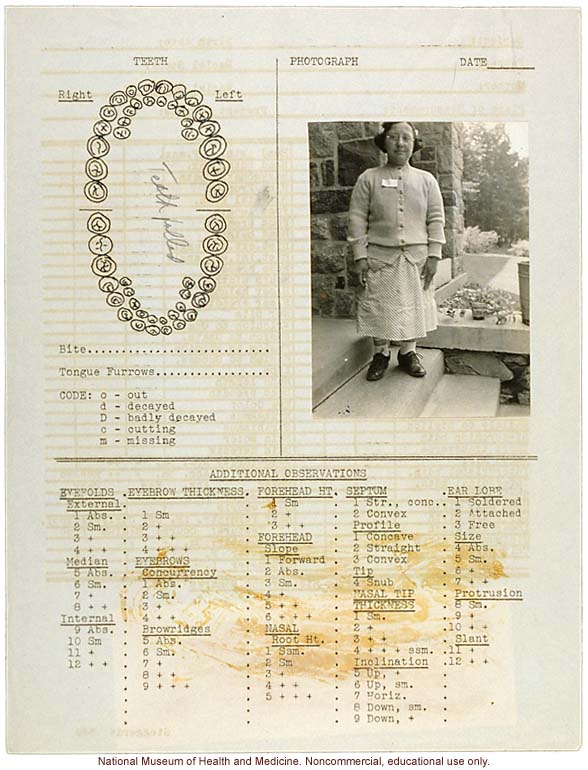I love this article by Anita Cameron about different kinds of disability advocacy tools. She argues that nothing will ever get done without direct action. "Right on, right on," I say. I believe that too. Nice is not enough. But still, taking direct action implies we all know, and agree on, just exactly what we are fighting for. Right?
So what is it? What am I doing here and elsewhere?
For me it all comes down to acceptance, meaningful inclusion, and equality.
None are currently a complete reality, but they all are the logical next step for humanity which evolves and progresses (and thus isn't on a crash course with some sort of an apocalypse). But most people don't seem to know that.
We need vision.
So much about all of this is vision. So much about this is expecting more than we think will happen, faster than we think anything will happen. It is expecting a large scale societal change and behaving as if this large scale change is imminent. Practically already here. Happening as I shout.
It is about not getting discouraged and just doing what's best for my specific kid or myself, right here and right now.
I don't want to only focus on the haters and the trolls, I want us to sway those who lazily vacillate, those who have good intentions, and those who just don't know any better. I want to scream our vision the loudest. To make it the all-encompassing truth, the reality, the now.
I want to kill the positive stereotypes and the well-meaning misunderstandings about a 'mystical' chromosome. I want to stop allowing for reductionism for inspiration's sake because it is the lesser of two evils.
In my vision the evil trolls will be recognized as the minority they are. Those closeted sociopaths. I'm not so worried about that anonymous, faceless person who spews his or her vitriol in an online comment to an article about a person with a disability. I'm more worried about my kid's future teacher, her friend's mother, my neighbor, and that guy who packs my groceries. I worry that they won't really believe in inclusion because they haven't experienced it, that they won't see it as the most logical thing to do because no one's told them that it is.
I don't worry so much about hate as I do lazy ignorance. I don't worry so much about someone blowing off steam, than I do those minds who've never even really thought about people with Down syndrome or other disabilities as fellow human beings, because they're so used to understanding 'able is normal' as a fundamental fact, just because it gets insidiously reinforced at every turn. I worry about those who perceive people who are disabled as inspirational, marginal, apart, similar amongst themselves, and here on earth for purposes external to themselves, purposes other than living their individual lives. A perceived unity of the experience of disability concerns me.
Most people follow, they adapt, they go with the flow. We, as advocates, need to define the current.
We have an audience.
We can set targets all we want and meet them, but unless we actively work to redefine the rhetoric - the way most people view disability and especially intellectual disability, language and all - we'll always have new targets, new ways of oppression, and the fight will never end. We can't just tackle the immediate, we need to reconstruct the foundation. Sometimes that involves peering inwards too, at our own world view and thinking. It has very much meant that for me, at least.
There is a lot of discussion about being united and unified in our efforts, but how can we? We don't agree. For me there are things that simply cannot coexist if an ableist way of thinking is to be dismantled.
I can't be all "accept my kid as is, but in case you do figure out how to suck that extra chromosome right out of her very cells, please call us, we're interested." You can't say "my child deserves to be included in everything her peers are, but you know, if she gets bullied or we feel she's getting frustrated with learning math, relocate her into a nice self-contained location, for her own sake." We can never say "achievements and normalcy are arbitrary social constructs and we need to understand that, but hey, more therapies to help my struggling child the better, before she falls too far behind her peers."
I will have to constantly examine my own thinking, my own language. Will it be my child who is frustrated, unhappy, struggling, or will it be me? Am I fixing my child for the world instead of the world for my child? When did a life of achievements become the life?
We have to turn the tables.
We have to say "There is no discussion. Inclusion has to be a fact as it is a practice that benefits all. Inclusion is the natural state of things. Through inclusion everyone's experience, everyone's life will be just that much more normal (pun very much intended), and everyone will be accepted as a member of the human race and society, with whatever that entails, attempts at peaceful coexistence and conditional love."
We can't try to sell or market disability: "please accept my kid, she is not just a useless eater, she can do all of these things." Doing things isn't a precursor to humanity, being human is. We can't mystify or romanticize the chromosome and ascribe to it some specific, sometimes even supernatural-sounding traits or abilities: "Looksee here, that chromosome's special, if we eradicate it, we eradicate our pathway to the mysteries of cancer treatments or Alzheimer's." Three copies of the 21st chromosome are a part of 6 million people worldwide, and that should be enough to warrant general scientific interest. Or at least I'm going to act as if it is.
I will believe it and live it.
Disability is natural. Down syndrome is natural. It's about time everyone knew.
This post originally appeared on 21+21+21=?











